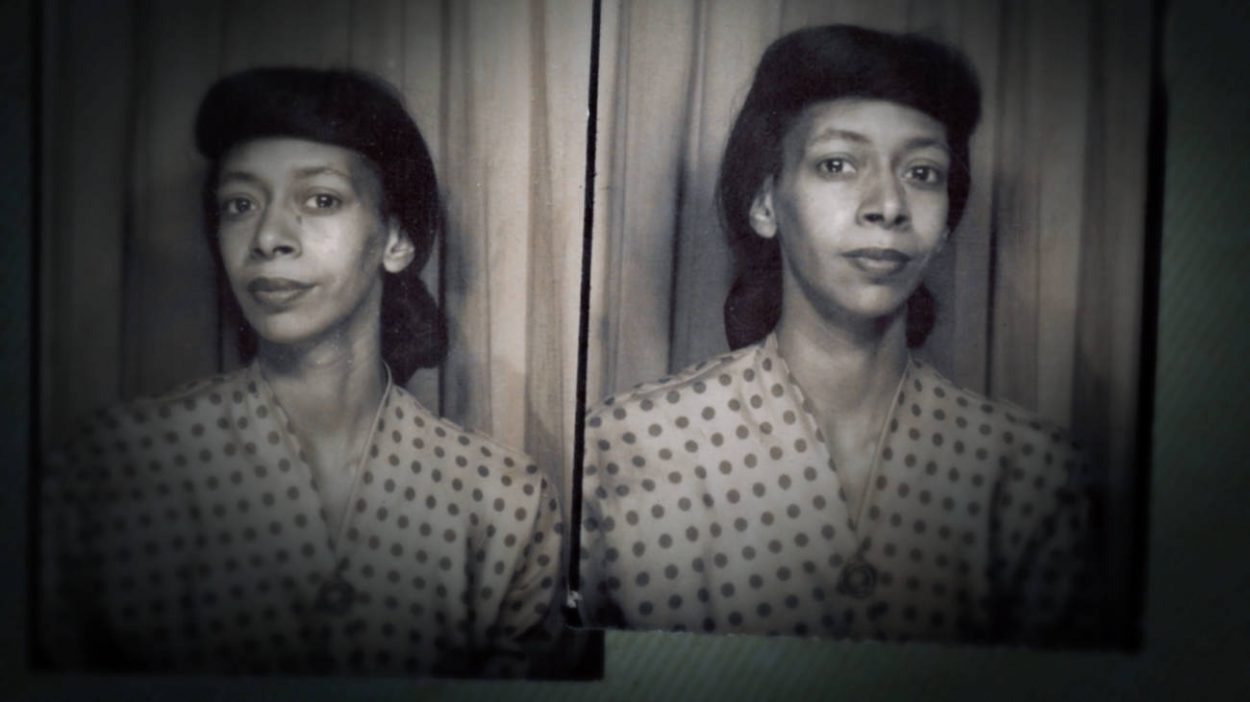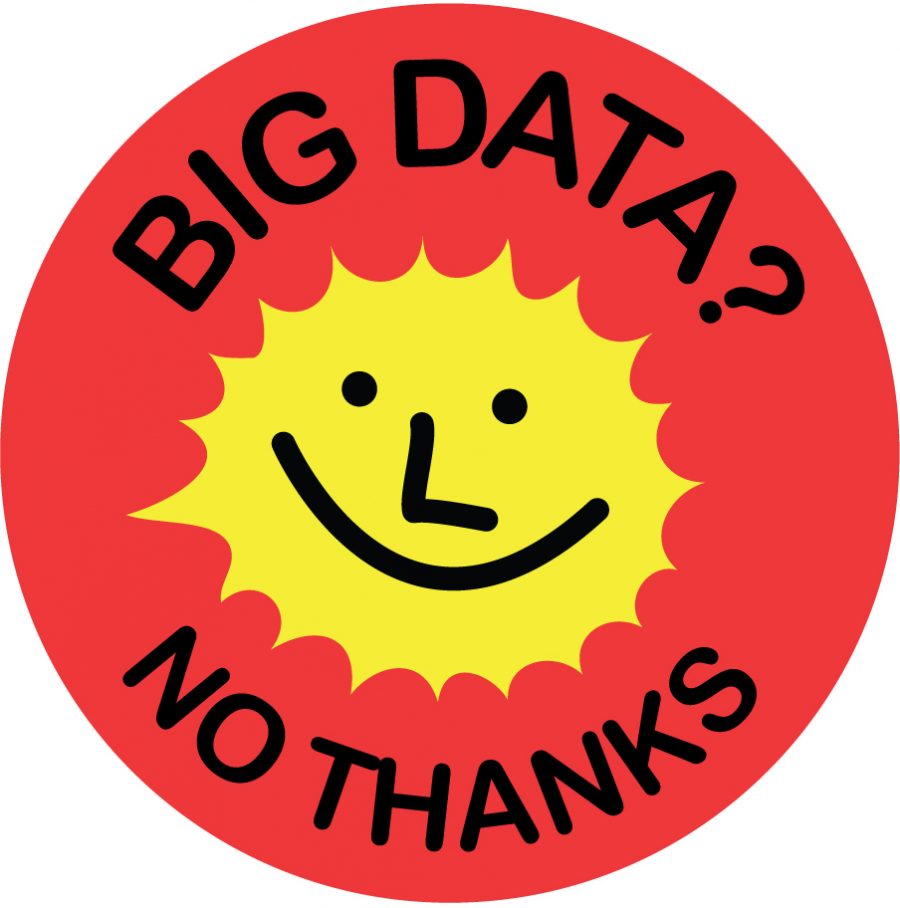Published
Homework from Larry
It’s a beautiful, premature spring day today. Mid-50s in the sun, and might even reach 60F tomorrow before it drops back down for a bit.
B and I picked up some cupcakes from Ladybird and I stopped to feed him on the bench outside. An older guy was sat on the neighboring bench reading Right-Wing Critics of American Conservatism by George Hawley, but mainly holding court. He asked me B’s name, and we got talking about books and movies. Larry gave me some homework:
- Listen to the Octavia E. Butler interview on Krista Tippett’s On Being podcast. This is a tough one… I had a look for it but couldn’t find it. Perhaps he meant the episode with Anthea Butler and Arlene Sánchez-Walsh on Sister Aimee? I don’t think so though since he said the interviewee was talking about spirituality and sci-fi. I scanned through all of the episodes before Butler’s DOD and didn’t find anything. Perhaps it was a different radio show? I’ll have to ask if I run in to him again.
- Watch Worlds of Ursula K. Le Guin, a PBS documentary presented by American Masters. You need a membership to watch it, but there are some short clips on YouTube as well.
- Watch The Hustler, a 1961 film with Paul Newman, Jackie Gleason, and Piper Laurie.
- Watch Days of Wine and Roses, a 1958 episode of Playhouse 90 on CBS with Cliff Robertson and Piper Laurie. He said it is on YouTube but unfortunately I can’t find it. Perhaps it was taken down. He also recommended the film from 1962 with Jack Lemmon and Lee Remick.
- Read A Clockwork Orange, the film isn’t enough. Anthony Burgess was his teacher.
- Check out Thomas Nast’s editorial cartoons.
- Check out Alice Neel’s portraits. He mentioned a retrospective at the Whitney that made a huge impression on him, when I look for it online it looks like that was back in 1974. Looking at her paintings now online, I can’t believe I hadn’t heard of her before. Shame to have missed her retrospective at The Met last summer but c’est la vie, we weren’t in Brooklyn yet.



